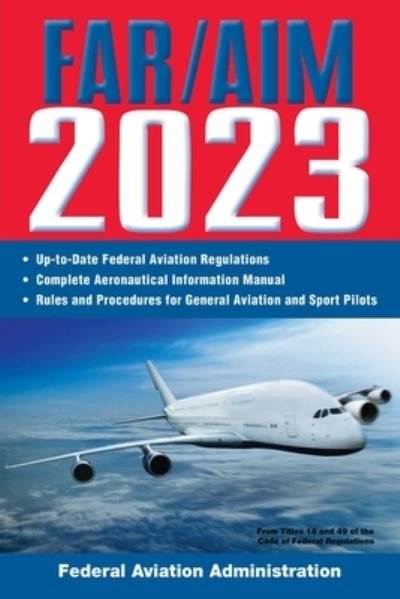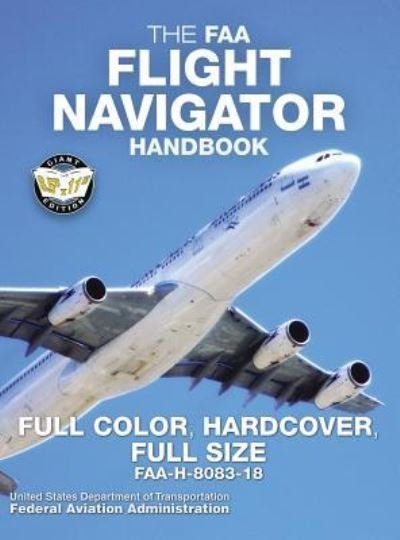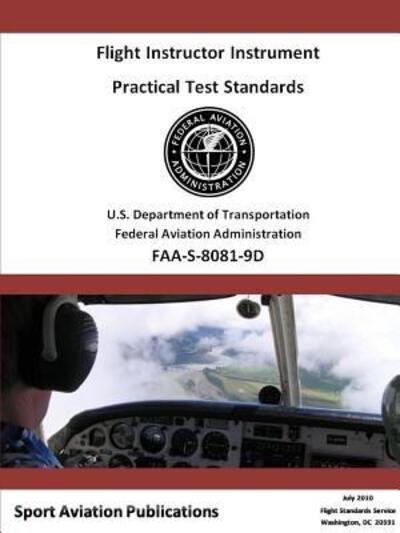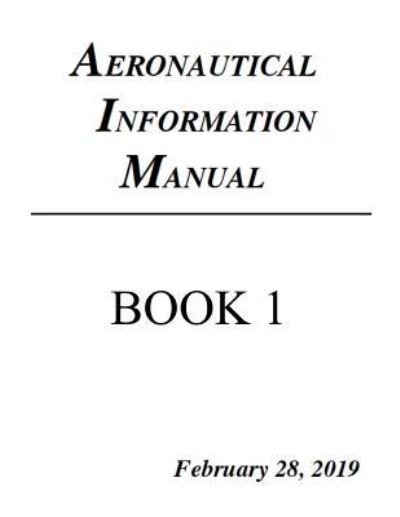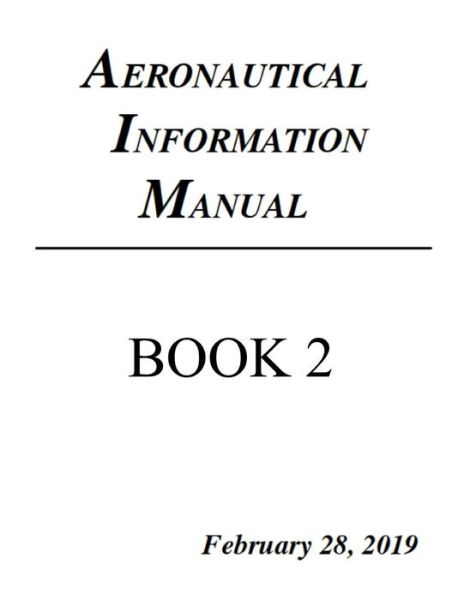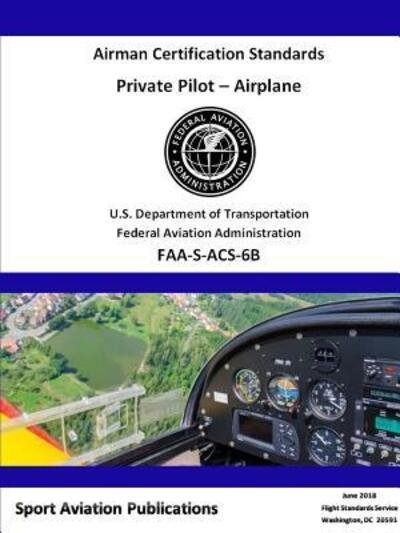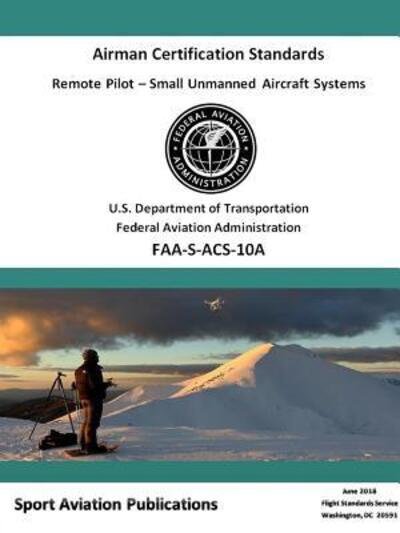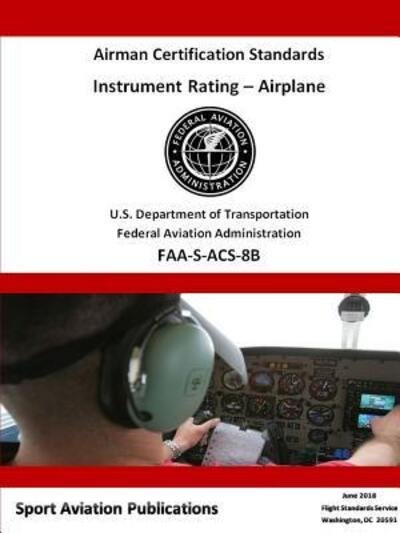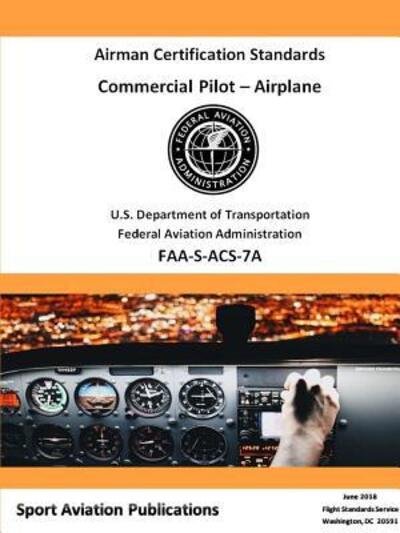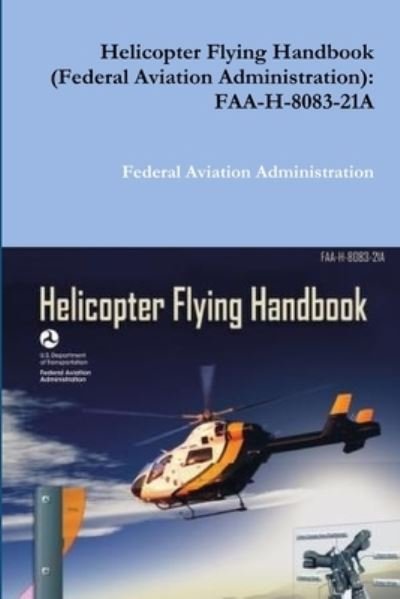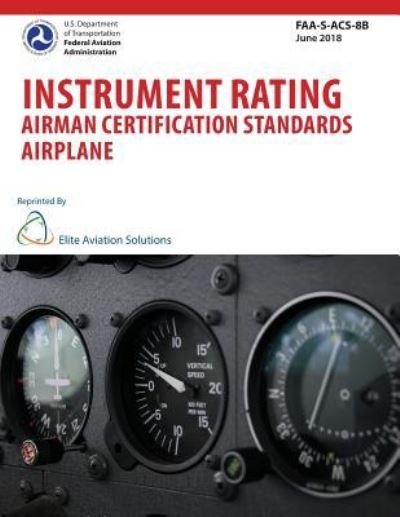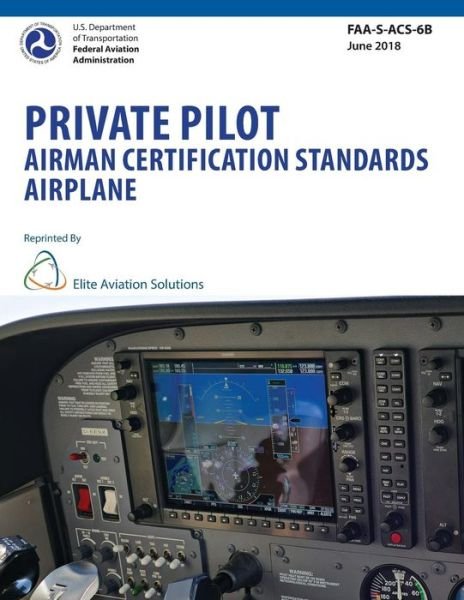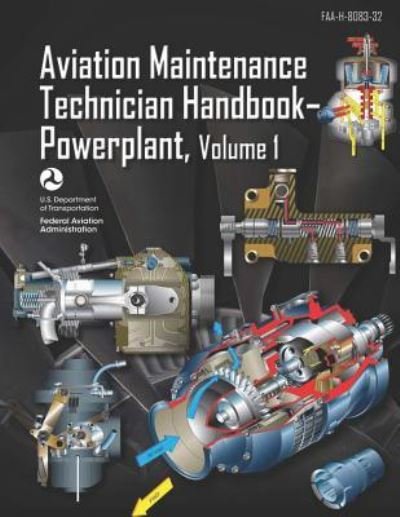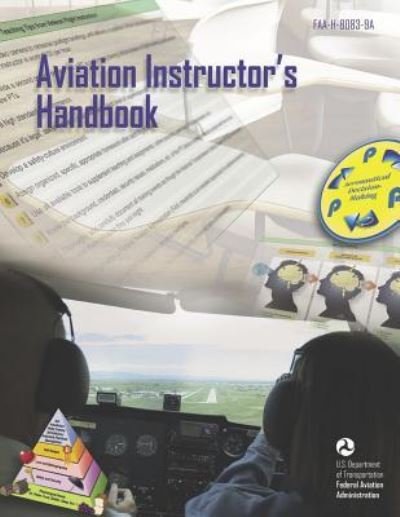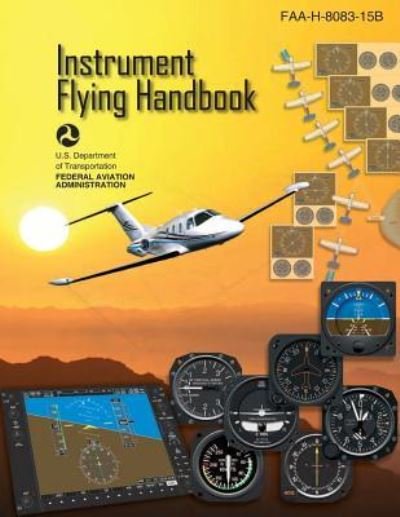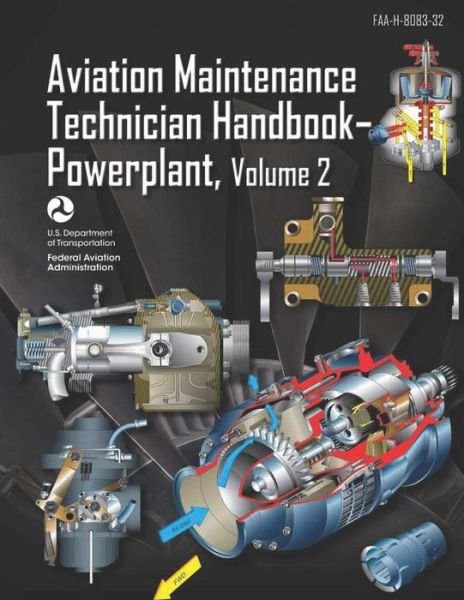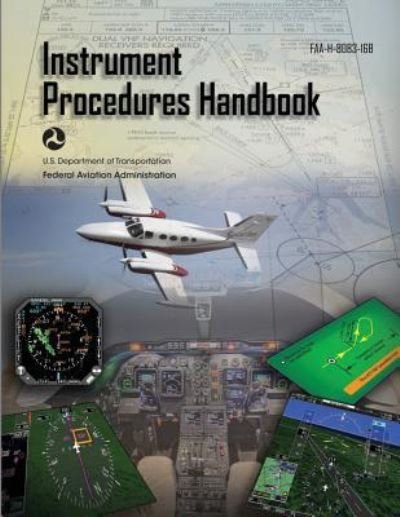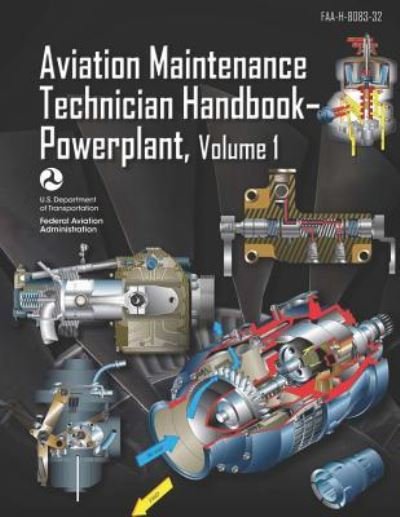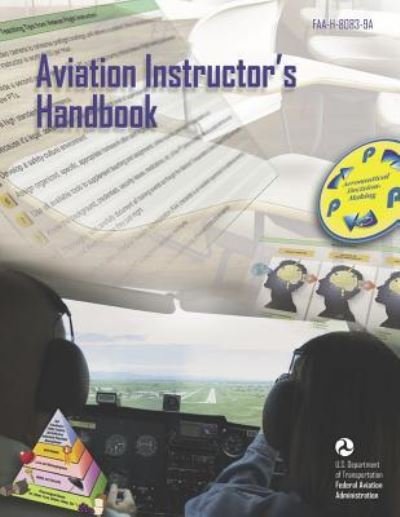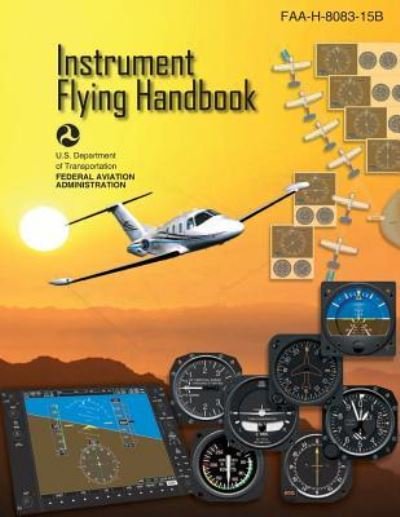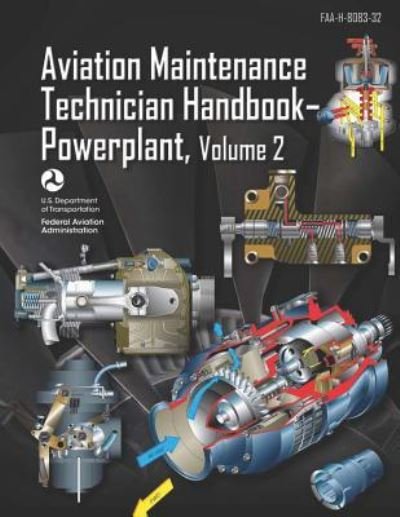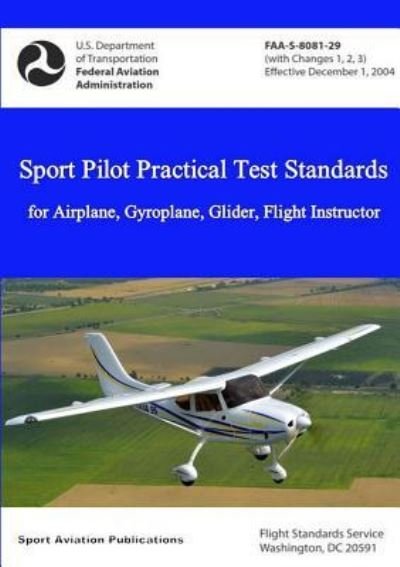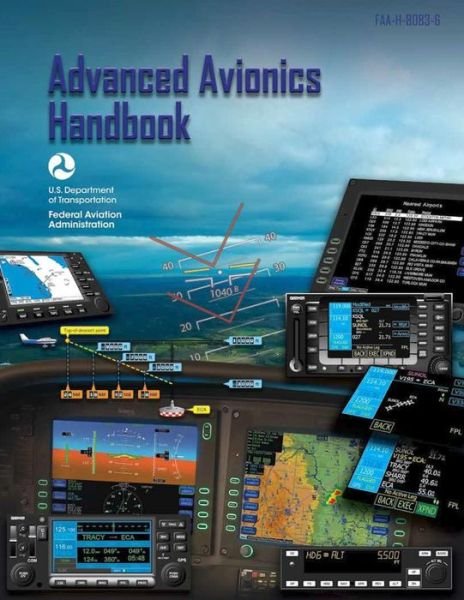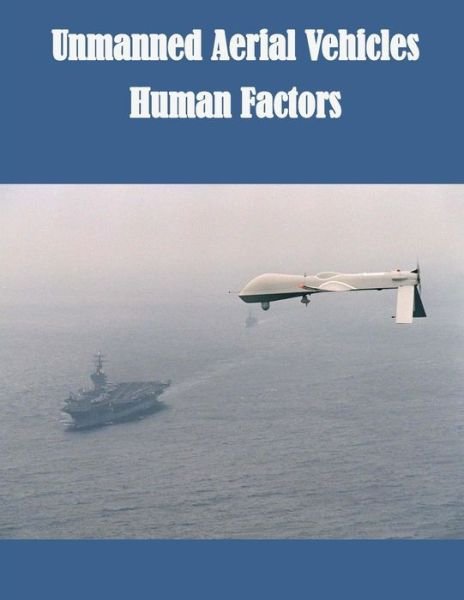
Tell your friends about this item:
Unmanned Aerial Vehicles Human Factors
Federal Aviation Administration
Unmanned Aerial Vehicles Human Factors
Federal Aviation Administration
The accident rate for UAVs is higher than for conventional aircraft. A significant proportion of these accidents are associated with human error. If UAVs are to be permitted to operate in the National Airspace System, it will be necessary to understand the human factors associated with these vehicles. Unlike conventional aircraft maintenance, UAV operators must ensure the reliability of an entire system that comprises the vehicle, the ground station, and communication equipment. At present, there have been no published studies of the human factor issues relevant to UAV maintenance. Twenty-two structured interviews were conducted with personnel experienced in the operation of small- to medium-sized UAVs. Information was gathered on critical UAV maintenance tasks including tasks unique to UAV operations, and the facilities and personnel involved in maintenance. The issues identified were grouped into three categories: hardware; software/documentation; and personnel issues. Hardware issues included the frequent assembly and disassembly of systems, and a lack of information on component failure patterns that would enable maintenance personnel to plan maintenance effectively. Software/documentation issues included the need to maintain computer systems, and difficulties associated with absent or poor maintenance documentation. Personnel issues included the influence of the remote controlled aircraft culture and the skill requirements for maintenance personnel.
| Media | Books Paperback Book (Book with soft cover and glued back) |
| Released | August 16, 2014 |
| ISBN13 | 9781500850913 |
| Publishers | CreateSpace Independent Publishing Platf |
| Pages | 24 |
| Dimensions | 216 × 279 × 1 mm · 86 g |
| Language | English |
More by Federal Aviation Administration
See all of Federal Aviation Administration ( e.g. Paperback Book , Hardcover Book and Book )

 Christmas presents can be returned until 31 January
Christmas presents can be returned until 31 January


